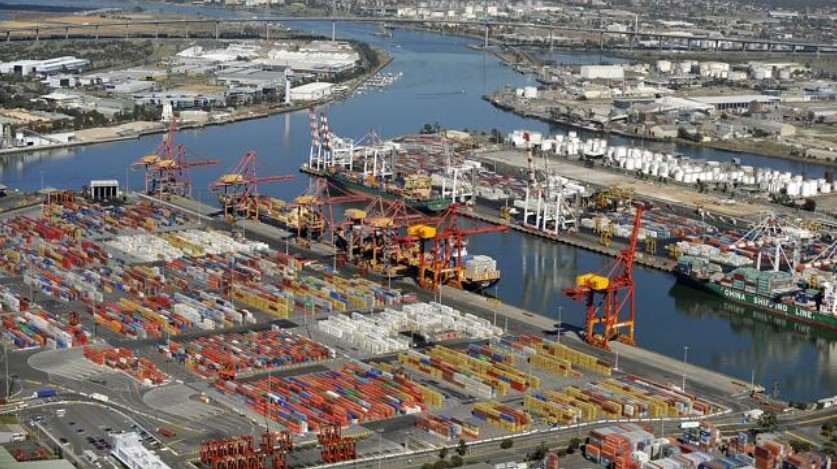
Victoria’s last major government owned enterprise, The Port of Melbourne, is set to be sold no matter which party – Labor or Liberal – wins the upcoming election, with the proceeds to be used to fund much needed infrastructure investment.
Under Labor’s proposed plan, the Port would be sold as a 99-year lease for up to $6 billion, with the proceeds primarily used to remove 50 of the state’s worst level crossings. A second container port would also be developed in the Bay West Area near Geelong.
The Liberals, by contrast, have flagged selling the Port on a 30-40 year lease, with the buyer also given first rights to develop an alternative port at Hastings. The funds raised would be used to build an airport rail link, remove 11 level crossings, and build the East-West road link.
The proposals to sell the Port on a long-term lease are sound. The Port of Melbourne is located on the fringe of Melbourne’s CBD and its land is both well-located and very valuable. A lease over the Port, rather than outright sale, will eventually return the Port to government ownership, allowing it to be redeveloped as prime residential land in the event that an alternative port can be developed elsewhere.
Personally, I prefer the Liberal’s plan simply because I do not believe that the land on which the Port of Melbourne sits should still be functioning as port in 100 years time. It is too valuable, creates too much traffic around inner Melbourne, and the land could be put to better use.
That said, the sale of the Port of Melbourne does raise some broader issues about the structure of the Victorian economy. As argued on Monday, Victoria’s growth model seems to be predicated on continuous strong population growth: essentially importing large numbers of people each year and then building housing and infrastructure to accommodate them. Now the State is looking to sell its last major infrastructure asset in a bid to raise funds necessary to overcome infrastructure bottlenecks caused, to a large extent, by its own population growth fetish (chicken meet egg).
It’s a short-sighted approach that risks undermining the living standards of the pre-existing population, which must continually put up with greater congestion, reduced amenity, and overall lower living standards. Such an economic model also only lasts for as long as the strong immigration and construction continues. As soon as they slow, so does the economy.
As I said Monday, high immigration and population growth is fine if it is for a purpose and fits an overall plan. Otherwise, it is merely uncoordinated ponzi-nomics. Melbourne seems to be following the latter path, with the sale of the Port of Melbourne to band aid over infrastructure constraints seemingly the latest manifestation.
unconventionaleconomist@hotmail.com

